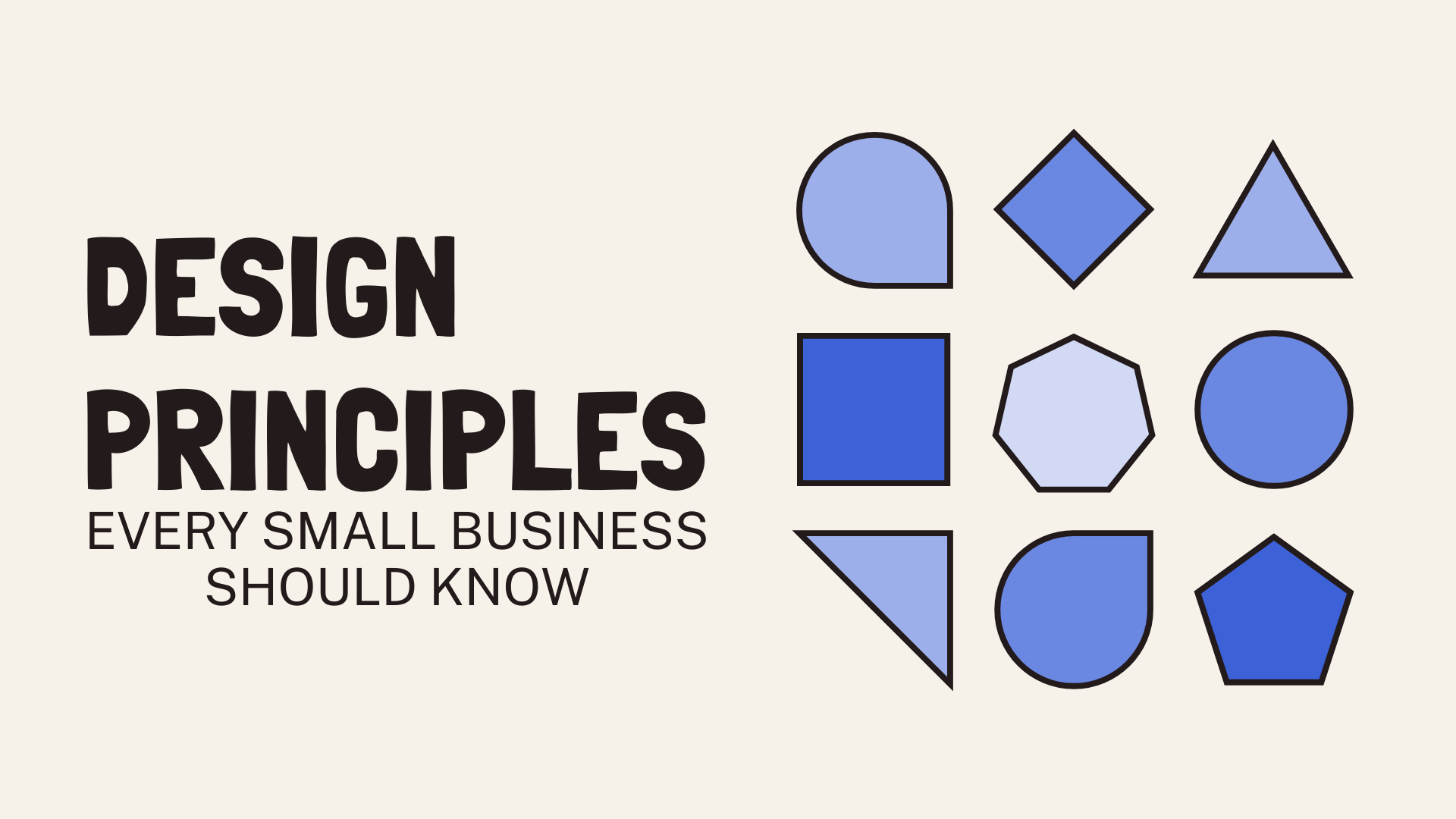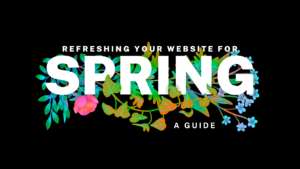In today’s hyper-competitive digital world, first impressions aren’t just important — they’re everything. Whether it’s your website, logo, or promotional material, great design can be the difference between a visitor and a lifelong customer.
Here are 7 essential design principles every small business should understand (and use) to stand out, build trust, and grow faster:
1. Consistency Builds Trust
Your brand should feel the same across every touchpoint — your website, social media, packaging, and even email signatures. A consistent color palette, font, and tone of voice not only make your brand recognizable but also build credibility. Inconsistency, on the other hand, creates confusion — and confusion kills conversions.
Pro Tip: Create a simple brand style guide or have one designed professionally to ensure long-term consistency.
2. Less Is More
Cluttered designs feel overwhelming. Clean, minimalistic layouts allow your core message to shine. Whether it’s a landing page or a business card, every design element should have a purpose — or it shouldn’t be there.
When in doubt, simplify. White space isn’t empty — it’s breathing room for your content.
3. Hierarchy Matters
Your customer’s eyes should be guided, not left to wander. Use visual hierarchy — larger fonts for headlines, bold for CTAs, strategic placement — to lead viewers exactly where you want them to go.
Good design doesn’t just look good — it tells people what to do next.
4. Design for Mobile First
Over 60% of web traffic comes from mobile. If your site or graphics aren’t optimized for smaller screens, you’re losing leads before they even read your offer.
Mobile-first design isn’t just a trend — it’s a business growth strategy.
5. Color Psychology is Real
Colors evoke emotions. Blue = trust. Red = urgency. Green = growth. The right color palette can subtly influence how people feel about your brand — and how likely they are to take action.
Choose colors that align with your brand personality and the emotional response you want to trigger.
6. Typography Speaks Volumes
The fonts you choose set the tone for your brand. A playful, handwritten font might work for a kids’ clothing brand but fall flat for a financial services firm. Pair fonts strategically for contrast and readability.
Rule of thumb: 2-3 fonts max. Legibility over flash.
7. Always Design With Purpose
Every design — from a logo to a flyer — should start with a goal. Are you trying to attract attention? Build trust? Drive clicks? When design is tied to purpose, it becomes a growth tool — not just decoration.
A beautiful design without a clear goal is just art — not marketing.
The Bottom Line:
Great design isn’t just about aesthetics — it’s about strategy, clarity, and user experience. For small businesses looking to grow, investing in intentional design is one of the smartest moves you can make.
Need help turning your brand into a growth engine?
At BlueShift Marketing, we specialize in high-converting websites, bold branding, and promotional products that leave a lasting impression.







